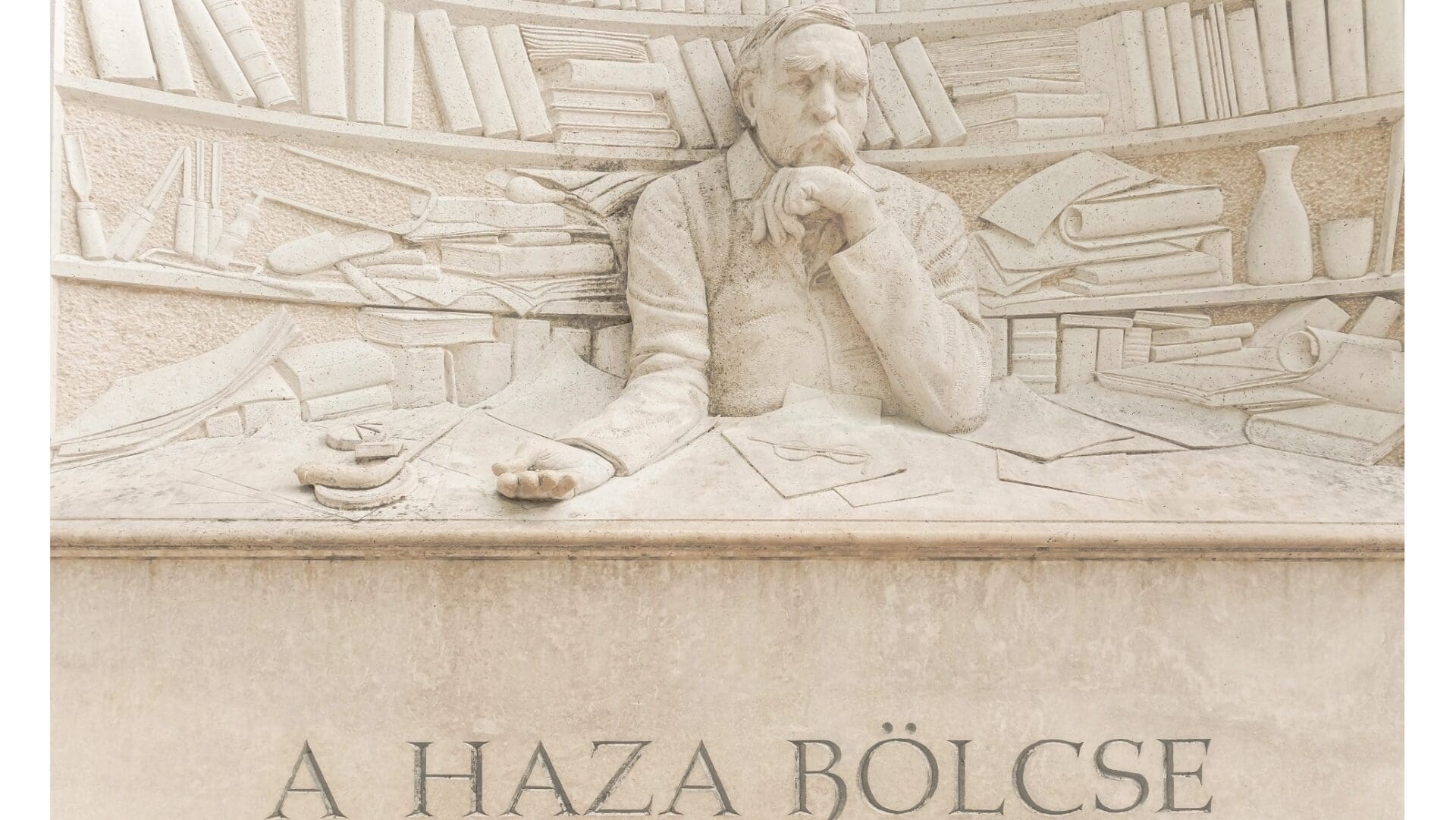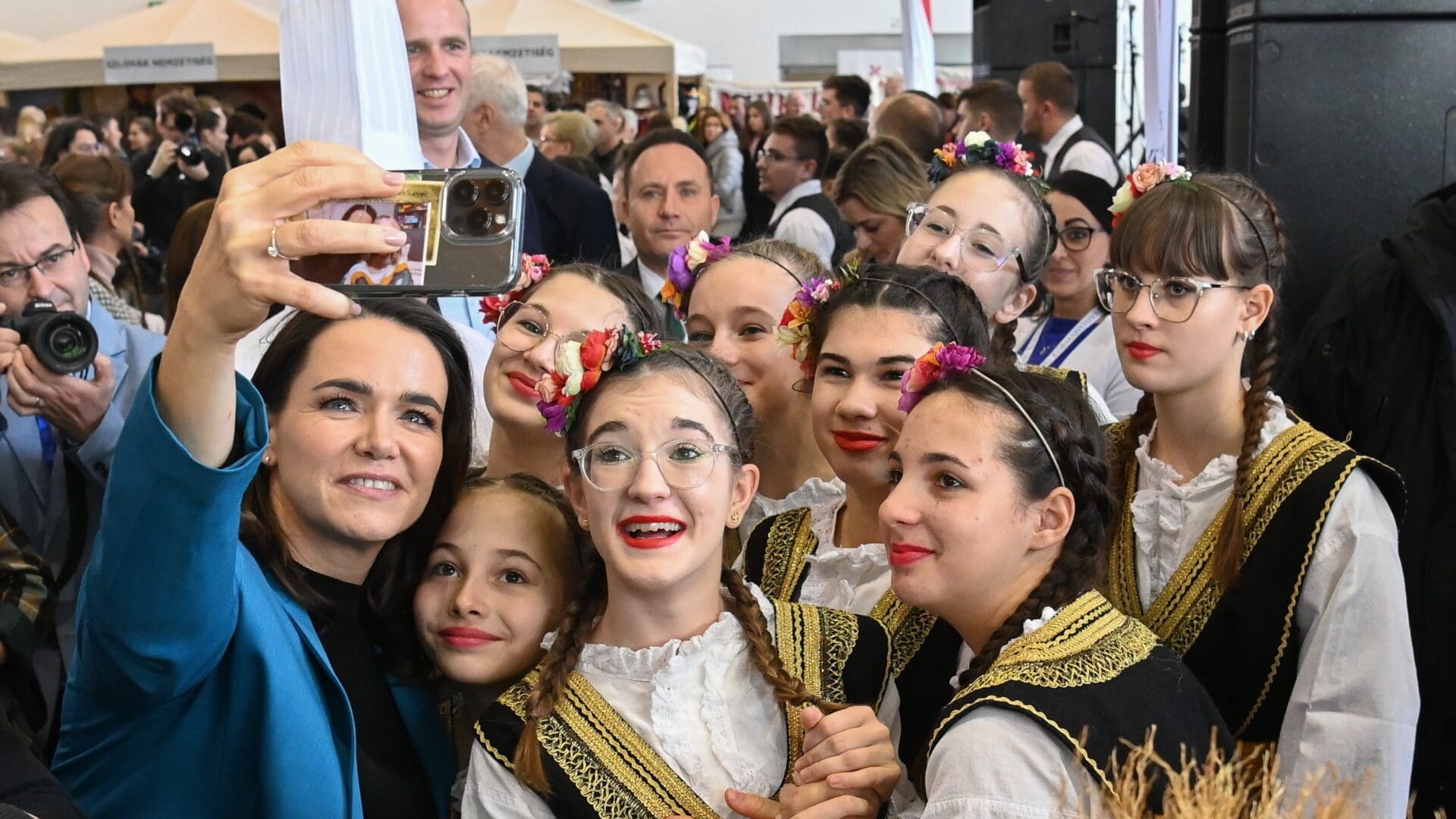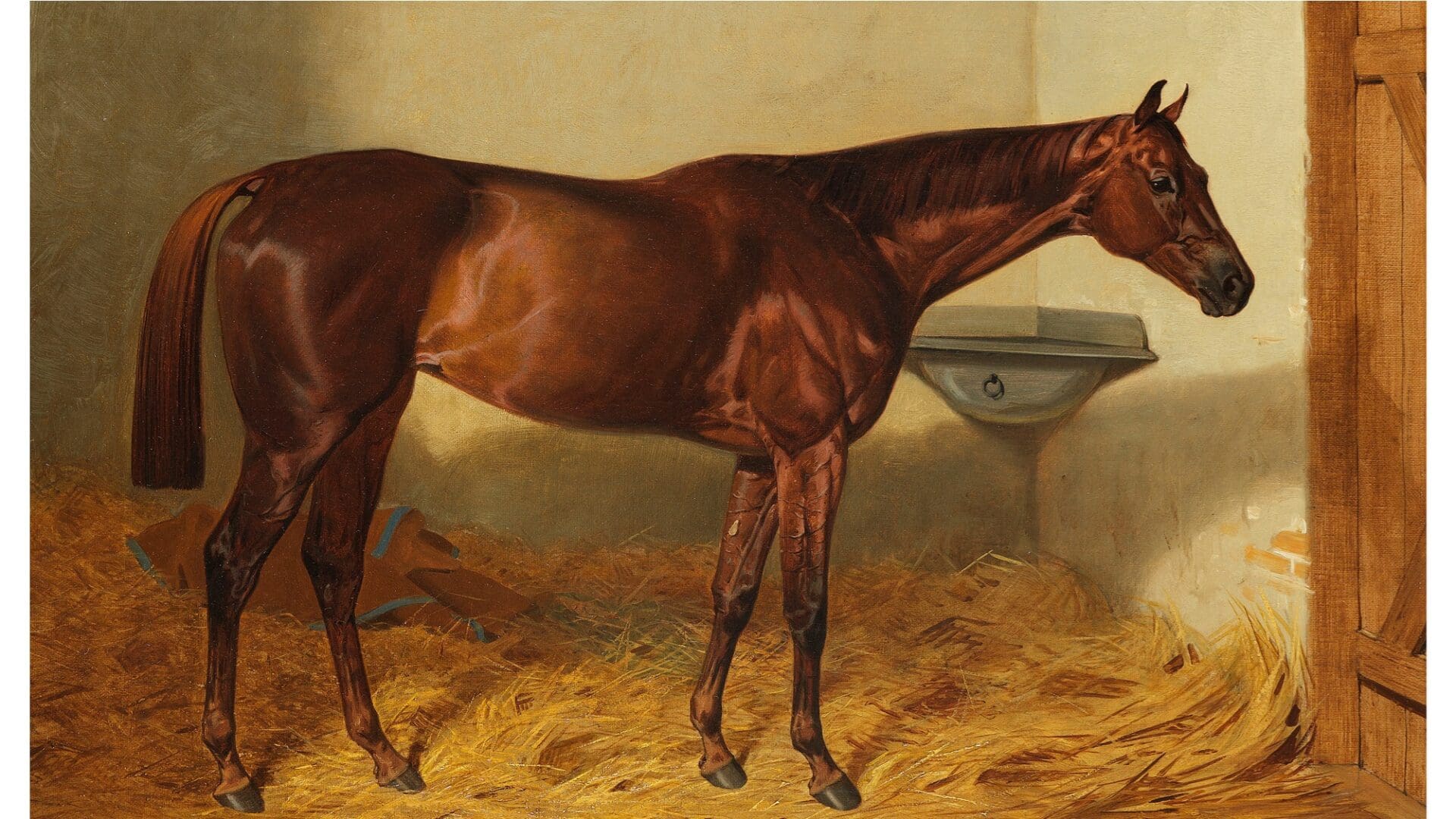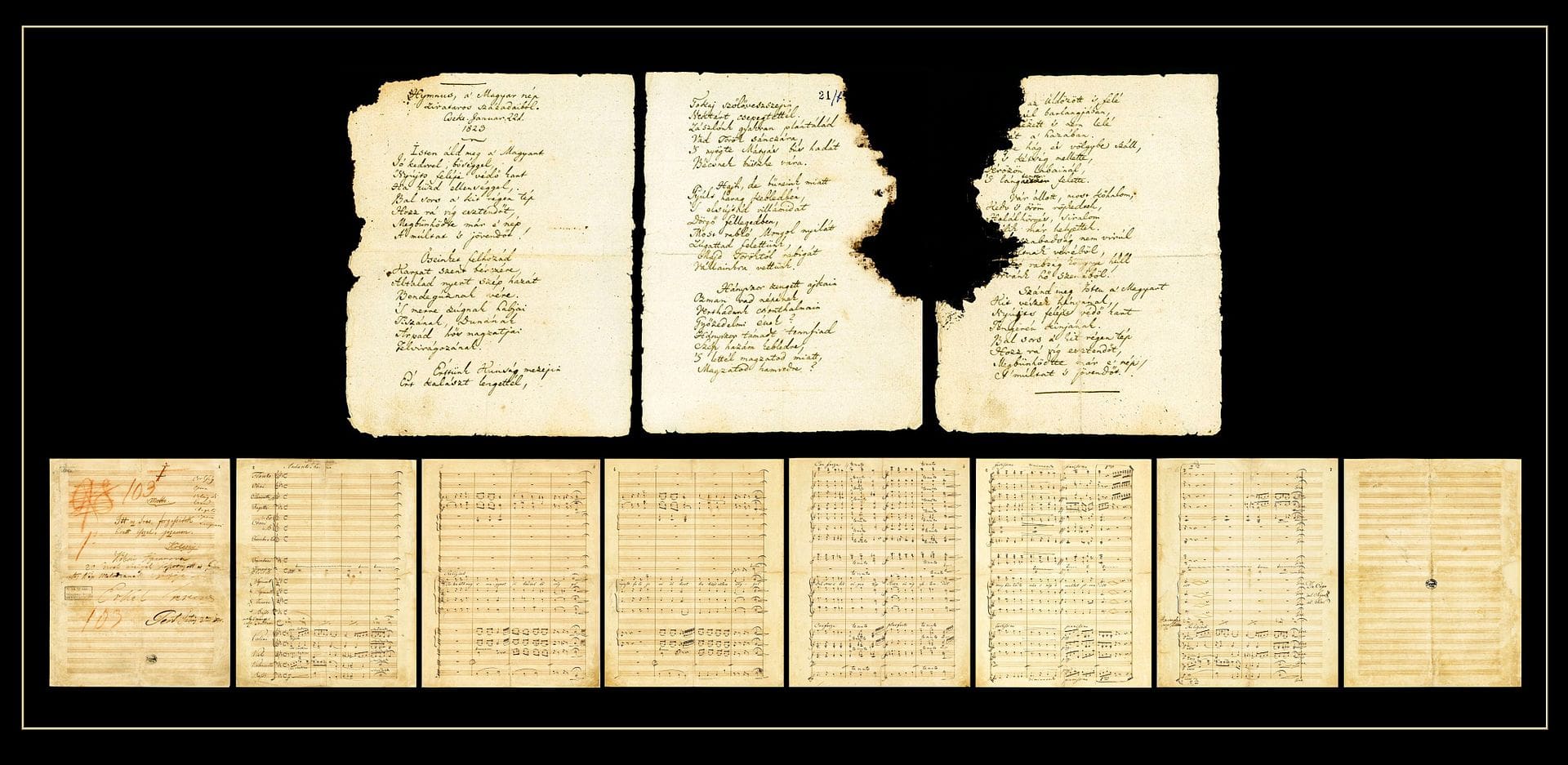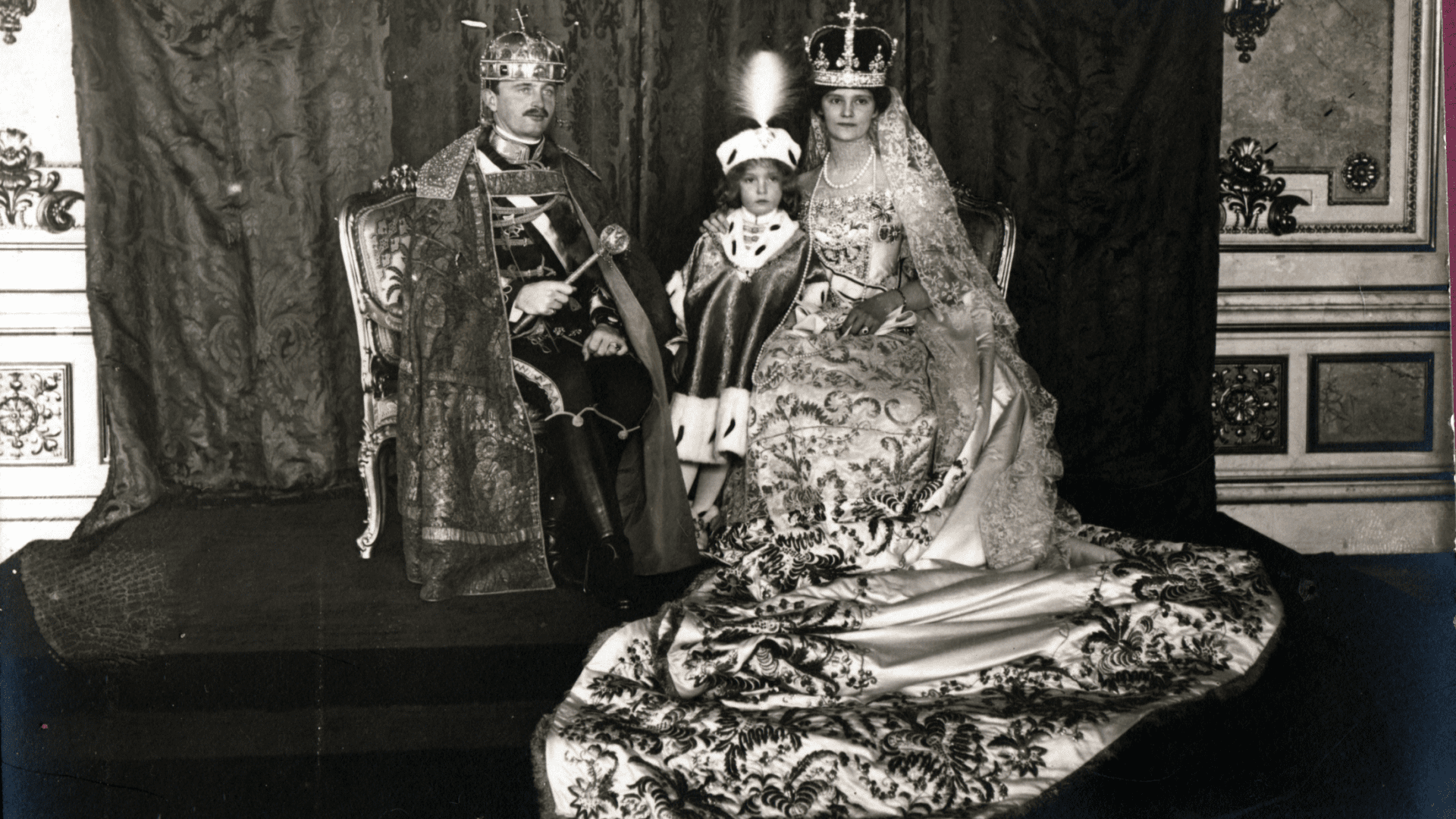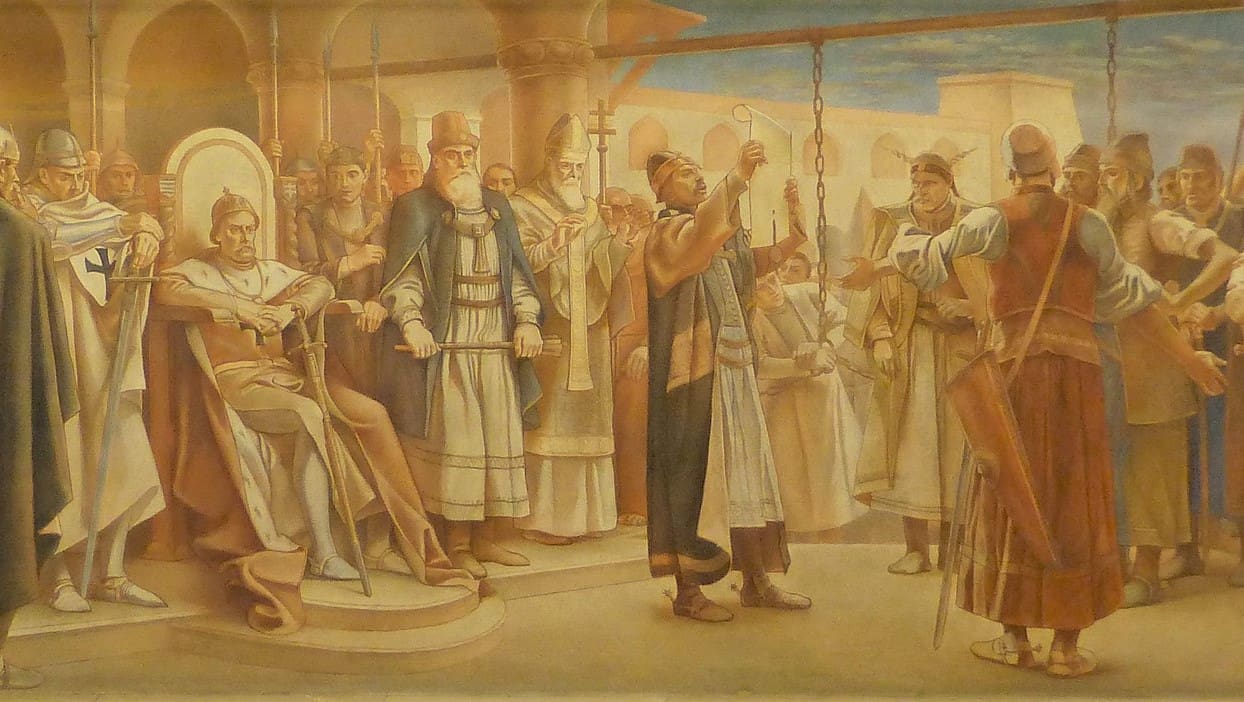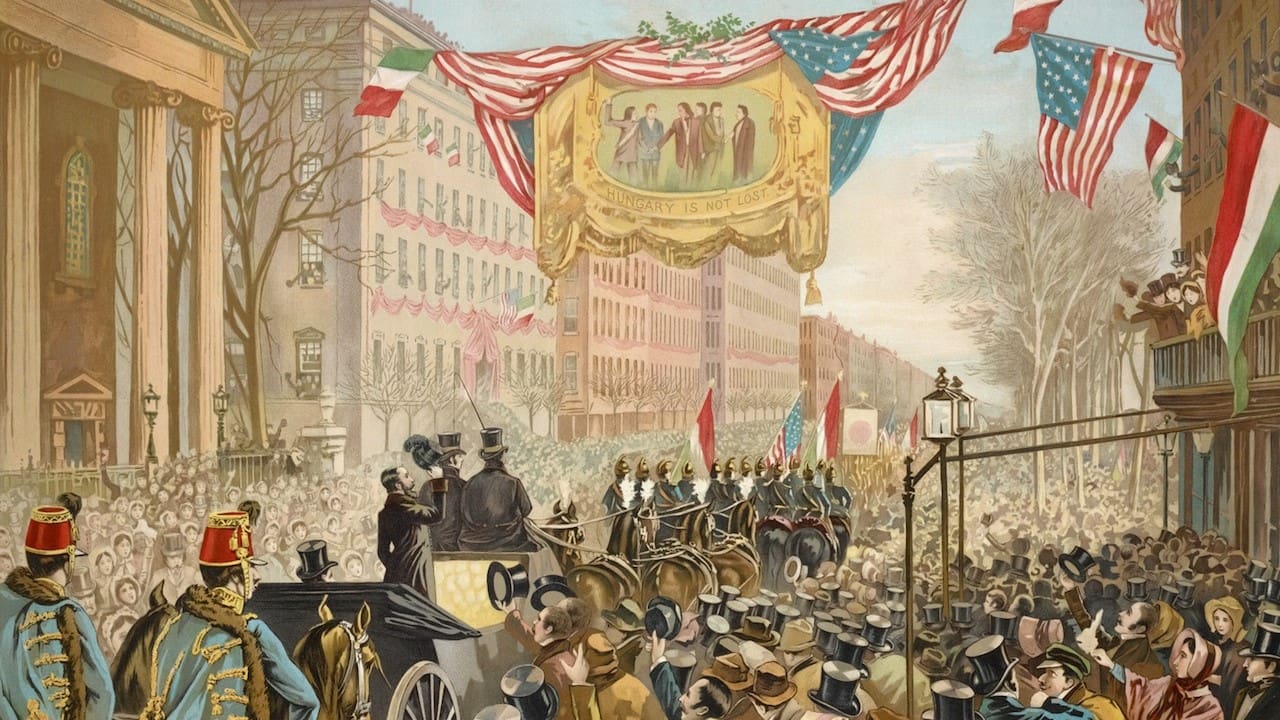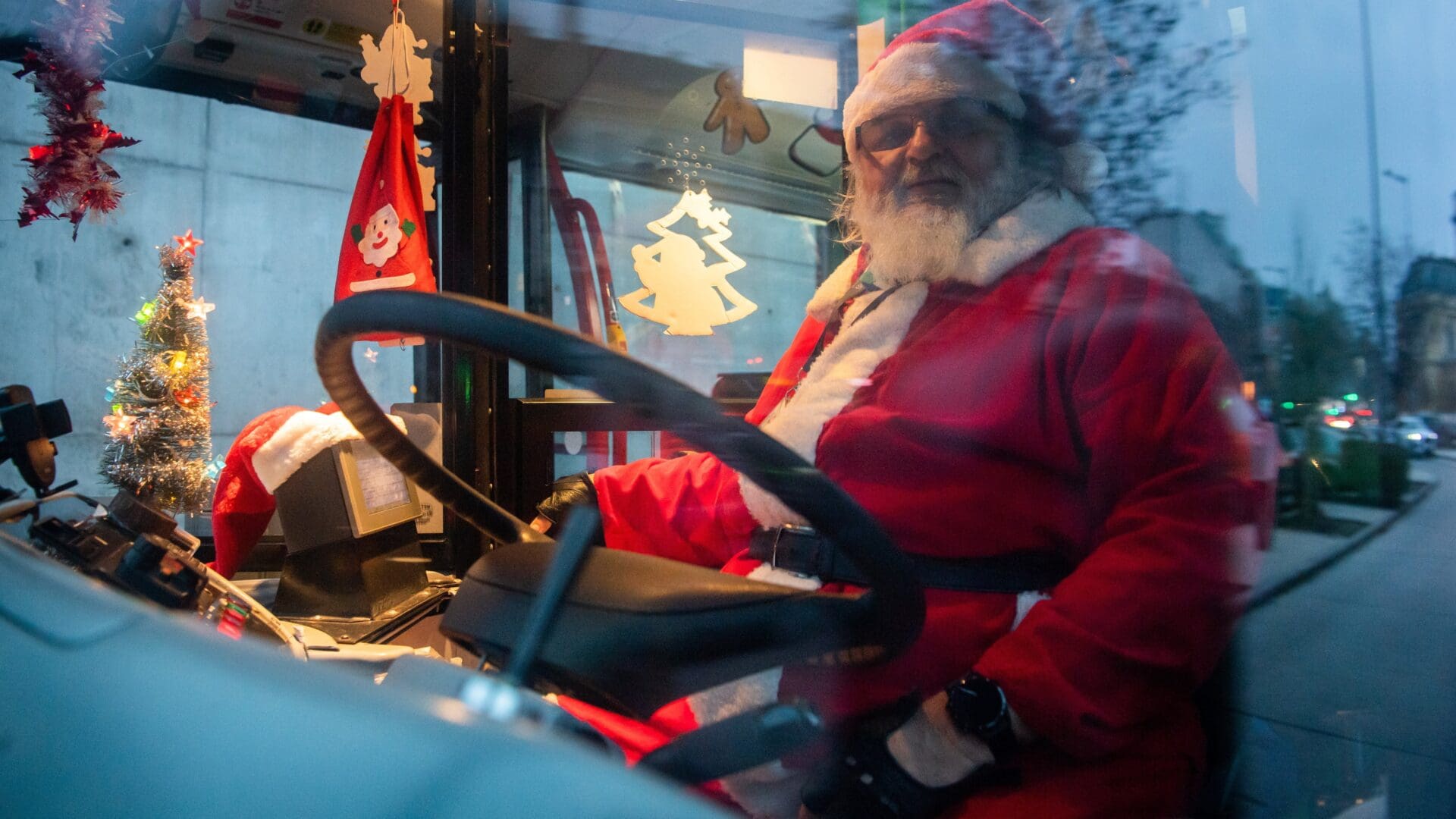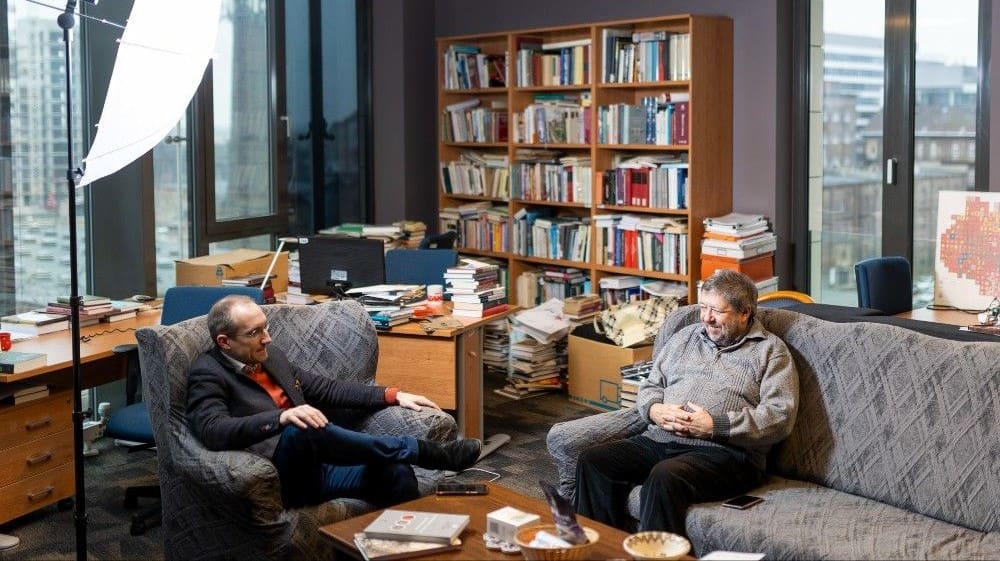
We Have Lived in the Same Country for Almost a Thousand Years, Yet We Hardly Know Anything about Them: An Interview about Our Croatian Brothers
‘As I myself experienced as the first director of the Hungarian Cultural Centre (Liszt Institute) in Zagreb, which opened in January 2014, Croats have a positive attitude towards Hungarian culture. The Institute is now ten years old, very active, and there is a huge interest in Hungarian culture.’ Read Mandiner’s in-depth interview on Croatian– Hungarian relations with historian Dénes Sokcsevits.

